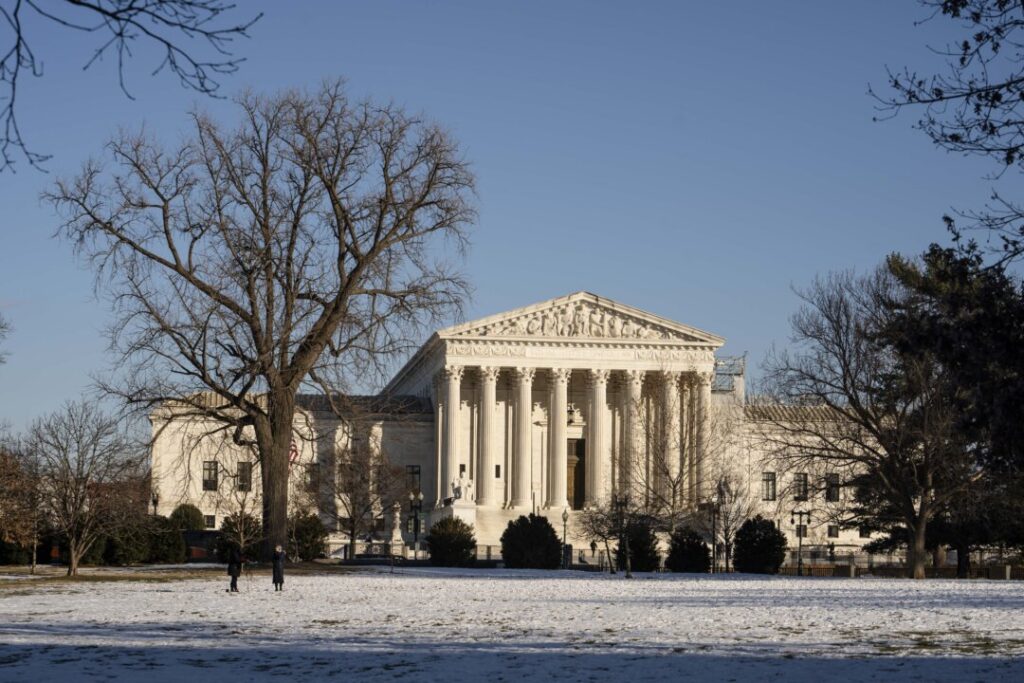The lower court found that the employee had not shown that the plan recordkeeping fee was unreasonable.
On January 22, the U.S. Supreme Court heard oral arguments in a lawsuit brought by Cornell University employees who sought to reinstate a class action lawsuit alleging that the retirement plan charged exorbitant fees and was mismanaged.
The employees sued the respondents (the university and two investment providers, Fidelity and TIAA) in 2017 in federal district court in New York.
Respondents chose a model in which recordkeeping fees are based on a revenue share rather than a flat fee, which tends to be cheaper.
The district court found that the employee did not provide sufficient evidence that the fees were unreasonable and dismissed the case.
In November 2023, the U.S. Court of Appeals for the Second Circuit upheld the employee’s claim that the fee was unreasonable.
Much of Wednesday’s hearing focused on ERISA, the federal law that regulates individual retirement benefits and health insurance. ERISA stands for Employee Retirement Income Security Act and establishes minimum standards for plans.
A fiduciary, a person or entity exercising authority over the management of assets or a plan, must act in the best interests of the plan’s participants and beneficiaries.
“The trustee is prohibited from engaging in self-dealing and must avoid conflicts of interest that could adversely affect the plan,” the summary states.
Xiao Wang, a lawyer for the employees, said in oral argument that the investment provider did more than provide record-keeping services, causing harm to its customers.
Fidelity and TIAA “bundled” their recordkeeping services into investment products, and those investment products had operating expenses that were distributed through revenue sharing into the recordkeeping expense payment plan.
“As a result of the bundling, Fidelity and TIAA promoted their own products, their own active management products, which led to higher expense ratios and therefore higher recordkeeping fees.”
Justice Brett Kavanaugh said: “Your theory means that simply receiving record-keeping services is a prohibited transaction. And you think that’s crazy, don’t you?”
Some industry groups have argued that having plaintiffs allege that prohibited transactions have occurred increases costs for employers and could encourage frivolous litigation, the judge said.
“Because all universities rely on third-party service providers, this growing threat of litigation will be nearly unlimited,” he said.
Wang said such a move is not possible because “there are other guardrails that we point to, such as rate changes, reimbursement, and the fact that it’s also very expensive to litigate to stop this.” Said it wouldn’t happen.
Standing refers to someone’s right to sue in court. Parties must show a sufficiently strong connection to the allegations to justify joining the case, or the case may be discontinued before the merits are discussed.
Justice Samuel Alito asked Wang what guardrails…were in play in this particular case.
Wang reiterated some of what he said a few minutes ago, saying one guardrail is “just the cost of filing a lawsuit and filing a lawsuit.”
“More formal guardrails include things like fee changes, standings and sanctions,” he said.
Nicole Sahalsky, a Cornell University attorney, said the guardrails Wang mentioned would not prevent the case from proceeding in lower courts.
“There are 20 lawsuits filed against the university’s plans,” but not a single plaintiff has won in court, she said.
“That’s millions of dollars spent by these universities on discoveries, and the individuals named had to live under a cloud for years.”
The 2nd Circuit “got it right, and this court should affirm,” Sahalsky said.
The Supreme Court is expected to rule on the case by the end of June.



